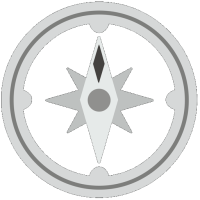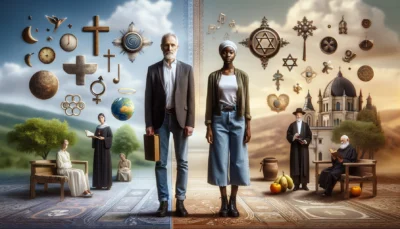Carl Sagan’s insight captures the profound reality that everything in the universe is deeply interconnected. At the most fundamental level, the entire cosmos is composed of a mere 17 particles and governed by four forces—gravity, electromagnetism, the strong nuclear force, and the weak nuclear force. These particles and forces form the very fabric of reality, from the tiniest atoms to the largest galaxies. What is even more astonishing is that the particles making up your body are not permanent possessions. They are borrowed from the universe, cycling through different forms and structures over billions of years. Atoms that once resided in ancient stars now reside within you, and one day, they will move on to form other parts of the universe.
The idea that the molecules in your body were made by stars ties us to the cosmos in a tangible way. The heavy elements—like carbon, oxygen, and iron—that are essential to life were forged in the intense heat of dying stars through a process called nucleosynthesis. When these stars ended their lives in spectacular explosions, they scattered these elements across the universe, eventually leading to the formation of planets, life, and ultimately, us. This cosmic connection underscores the idea that we are not just in the universe; we are part of it. Our very existence is a testament to the ongoing processes of the cosmos, linking us to the stars and reminding us that we are, quite literally, made of star-stuff.
Get the book!
Nothing is better than reading the full story of human thought over the last 5,000 years. This quote was used in chapter 1 which sets up the story of human thought by framing science as part of philosophy which includes physics and cosmology.















1 thought on ““We are all connected to each other biologically, to the Earth chemically, and to the rest of the universe atomically.””
Facebook comment: There are also virtual particles. -Prabir
My response: Nicely done. However, virtual particles don’t exist in the same “realm” as the 17 fundamental particles and the 4 forces. Virtual particles are more of an abstraction, used to describe the interactions between real particles. They aren’t “real” in the same way, as you can’t directly observe them. While they have physical effects and are an important part of quantum theory, I personally find the term “virtual particles” a bit misleading. It suggests they’re a type of particle, but really, they’re a mathematical representation of the interactions among the 17 known particles.